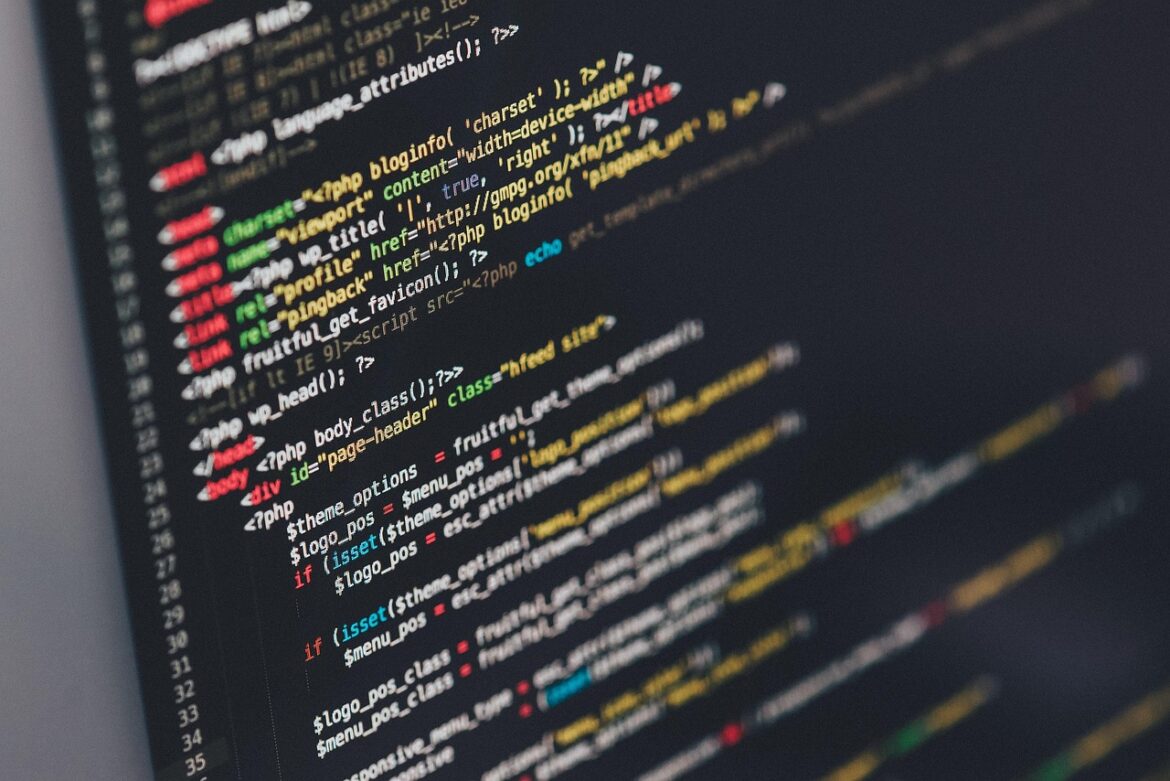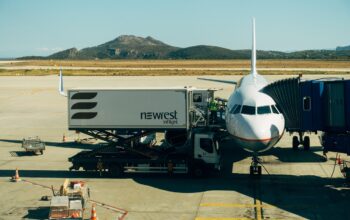Supply chain management in 2025 is navigating some stormy waters, but also charting exciting new courses. Here’s a quick look at some big stories making waves right now.
Tariff Troubles and Trade Tensions The spotlight is intense on tariffs, especially with the recent announcement that steel and aluminum tariffs are doubling to 50%. This move, while intended to protect local industries, is stirring concerns about rising prices on everything from cars to construction projects. Experts warn that although it might safeguard steel jobs, it could cost more jobs elsewhere. Plus, many big U.S. retailers like Walmart and Target are pushing their suppliers in China and Southeast Asia to shoulder a sizable part of these tariff costs, stirring a complex tug-of-war across global suppliers.
Retailers Tackling Inventory Challenges with Tech Inventory planning isn’t what it used to be. Guitar Center, for example, is teaming up with Relex Solutions to bring smart, real-time visibility to their inventory. This helps them dodge the classic pitfalls of being either out of stock or overstocked. Meanwhile, NY NOW’s upcoming summer market is becoming a crucial meeting ground for retailers and suppliers to build stronger, more dependable supply chain relationships, directly addressing the ever-present need for reliable inventory.
Port Efficiency and Environmental Shifts Ports are often the unsung heroes of the supply chain. The Port of Savannah is launching a mobile app to speed up trucking operations, smoothing out logistics bottlenecks that can delay shipments. Down in Los Angeles, ambitious moves are underway to transition to electric trucks, funded through clean energy initiatives. It’s a win-win – cutting emissions while modernizing freight handling.
Labor Dynamics and Delivery Disruptions Labor action continues to impact supply chains, notably with Canada Post facing an overtime ban leading shippers to turn to UPS, FedEx, and others despite higher costs. On the rail front, new labor contracts promise modest annual raises but highlight ongoing workforce negotiations tied to the very backbone of freight movement.
Innovation in Sustainable Materials and Circular Economy Forward-looking manufacturers like Asics are responding to ethical concerns by ending the use of kangaroo leather by the end of this year, following Adidas’s lead. Additionally, Clarios plans a $1 billion plant to recycle antimony, a critical mineral, aiming to boost domestic battery production—a key piece in the sustainability puzzle.
These stories capture a supply chain world in flux – balancing tariff challenges, leveraging technology to boost efficiency, and pivoting toward greener and more ethical practices. It’s clear that staying nimble and connected will be the name of the game in the months ahead.
References:
- https://www.scmr.com/archive/may-june-2025
- https://www.supplychaindive.com
- https://supplychaindigital.com/operations/this-weeks-top-five-stories-in-supply-chain-june-6
- https://stationerytrends.com/news/ny-now-summer-2025-set-to-help-retailers-strengthen-inventory-supply-chains/
- https://talkinglogistics.com/2025/06/06/above-the-fold-supply-chain-logistics-news-june-6-2025/
- https://www.tealhq.com/resume-examples/journalist
- https://www.scmr.com/news/top_stories/
- https://www.kent.edu/cci/internships-job-search



